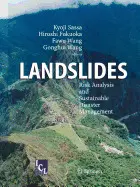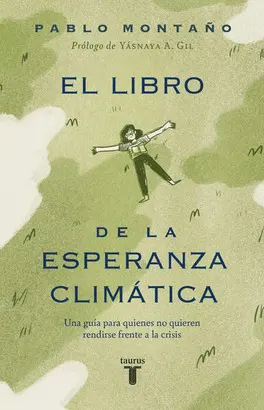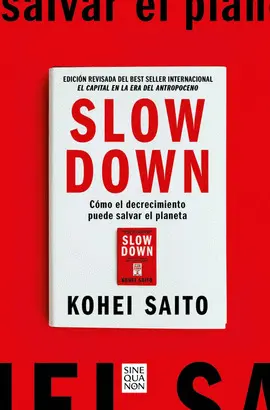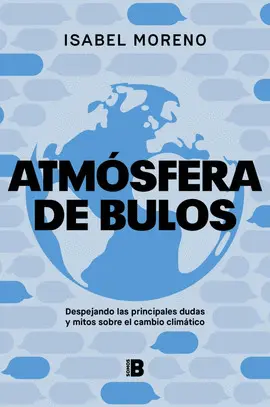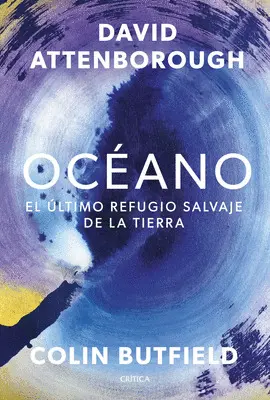- Editorial:
- SPRINGER VERLAG
- Materia:
- Ciencia - STEM
- ISBN:
- 978-3-642-06682-5
LANDSLIDES
RISK ANALYSIS AND SUSTAINABLE DISASTER MANAGEMENT
KYOJI SASSA / HIROSHI FUKUOKA
Review Quotes:
From the reviews: This volume represents the proceedings of the First General Assembly of the International Consortium on Landslides which was held in Washington . The illustrations and images are mainly of the highest quality. I highly recommend the book as a library resource for all institutions. Professionals involved in landslide work will find several interesting papers worth their time to explore. I expect that this production will be present on the shelves of many scientists and engineers. (Peter T. Bobrowsky, Landslides, Vol. 6, 2009)
Table of Contents:
International Consortium on Landslides.- ICL History and Activities.- International Programme on Landslides.- Landslide Investigation in Machu Picchu World Heritage, Cusco, Peru (C101-1).- Preliminary Remarks on Monitoring, Geomorphological Evolution and Slope Stability of Inca Citadel of Machu Picchu (C101-1).- Geomorphological Investigations at Machu Picchu, Peru (C101-1).- The Application of Ground Penetrating Radar (GPR) at Machu Picchu, Peru (C101-1).- Assessing the Capabilities of VHR Satellite Data for Debris Flow Mapping in the Machu Picchu Area (C101-1).- Influence of Thermal Expansion on Slope Displacements (C101-2).- Emergency Intervention for the Geo-Mechanical Conservation of the Niches of Bamiyan Buddhas (Northern Afghanistan) (C101-3).- Landslide Risk Assessment and Disaster Management in the Imperial Resort Palace of Lishan, Xian, China (C101-4).- Formation Conditions and Risk Evaluation of Debris Flow in Tianchi Lake Area of Changbai Mountains Natural Protection Area, China (C101-5).- Aerial Prediction of Earthquake and Rain Induced Rapid and Long-Traveling Flow Phenomena (APERITIF) (M101).- Investigating Rock-Slope Failures in the Tien Shan: State-of-the-Art and Perspectives of International Cooperation (M111).- Multi-Temporal and Quantitative Geomorphological Analysis on the Large Landslide of Craco Village (M118).- Tools for Rock Fall Risk Integrated Management in Sandstone Landscape of the Bohemian Switzerland National Park, Czech Republic (M121).- The Mechanism of Liquefaction of Clayey Soils (M124).- On Early Detection and Warning against Rainfall-Induced Landslides (M129).- Landslide Risk Analysis.- Geological and Geomorphologic Relationship of the Sub-Active Landslides of Cusco Valley, Peru.- Measurement of Velocity Distribution Profile in Ring-Shear Apparatus with a Transparent Shear Box.- Seismic Behavior of Saturated Sandy Soils: Case Study for the May 2003 Tsukidate Landslide in Japan.- Chemical Weathering and the Occurrence of Large-Scale Landslides in the Hime River Basin, Central Japan.- Mechanism of Landslide Causing the December 2002 Tsunami at Stromboli Volcano (Italy).- Characteristics of the Recent Landslides in the Mid Niigata Region - Comparison between the Landslides by the Heavy Rainfall on 13 July 2004, and by the Intensive Earthquakes on 23 October 2004.- Slope Instability Conditions in the Archaeological Site of Tharros (Western Sardinia, Italy).- ROM Scale for Forecasting Erosion Induced Landslide Risk on Hilly Terrain.- Geotechnical Field Observations of Landslides in Fine-Grained Permafrost Soils in the Mackenzie Valley, Canada.- Slope-Structure Stability Modeling for the Rock Hewn Church of Bet Aba Libanos in Lalibela (Ethiopia): Preliminary Results.- Clay Minerals Contributing to Creeping Displacement of Fracture Zone Landslides in Japan.- Geotechnical Landslide Risk Analysis on Historical Monuments: Methodological Approach.- Collection of Data on Historical Landslides in Nicaragua.- World Heritage Monasteries of Mount Athos at Rock Slide Risk, in Greece.- The Archaeological Site of Delphi, Greece: a Site Vulnerable to Earthquakes, Rockfalls and Landslides.- The Landslide Sequence Induced by the 2002 Eruption at Stromboli Volcano.- Slope Phenomena in the Region of the Historical Monument The Horseman of Madara in NE Bulgaria.- Sustainable Disaster Management.- Landslide Hazard Mapping and Evaluation of the Comayagua Region, Honduras.- Swift Action Taken by the Geographical Survey Institute to Analyze and Provide Landslide Information on the Mid Niigata Prefecture Earthquakes of 23 October 2004.- Early Warning and Prevention of Geo-Hazards in China.- Landslide Hazard Zonation in Greece.- Landslides Risk Reduction and Monitoring for Urban Territories in Russia.- Numerical Analysis on Slope Stability under Variations of Reservoir Water Level.- Displacement Monitoring and Physical Exploration on the Shuping Landslide Reactivated by Impoundment of the Three Gorges Reservoir, China.- Capacity Enhancement for Landslide Impact Mitigation in Central America.- Interpretation of the Mechanism of Motion and Suggestion of Remedial Measures Using GPS Continuous Monitoring Data.- On the Use of Ground-Based SAR Interferometry for Slope Failure Early Warning: the Cortenova Rock Slide (Italy).- Preservation from Rockfall of the Engraved Wall in the Fugoppe Cave, Hokkaido, Japan.- Landslide Hazard and Mitigation Measures in the Area of Medieval Citadel of Sighisoara, Romania.- A Hazard Assessment of Settlements and Historical Places in the Upper Volga River Region, Russia."
Review Quotes:
From the reviews: This volume represents the proceedings of the First General Assembly of the International Consortium on Landslides which was held in Washington . The illustrations and images are mainly of the highest quality. I highly recommend the book as a library resource for all institutions. Professionals involved in landslide work will find several interesting papers worth their time to explore. I expect that this production will be present on the shelves of many scientists and engineers. (Peter T. Bobrowsky, Landslides, Vol. 6, 2009)"
Publisher Marketing:
Based on contributions to the first General Assembly of the International Consortium on Landslides, this reference and status report emphasizes the mechanisms of different types of landslides, landslide risk analysis, and sustainable disaster management. It comprises the achievements of the ICL over the past three years, since the Kyoto assembly. It consists of three parts: research results of the International Programme on Landslides (IPL); contributions on landslide risk analysis; and articles on sustainable disaster management. In addition, the history of the ICL activities (under the support of UNESCO, WMO, FAO, UN/ISDR, and UNU) is recounted to create a comprehensive overview of international activity on landslides. The contributions reflect a wide range of topics and concerns, randing from field studies, identification of objects of cultural heritage at landslide risk, as well as landslide countermeasures.


